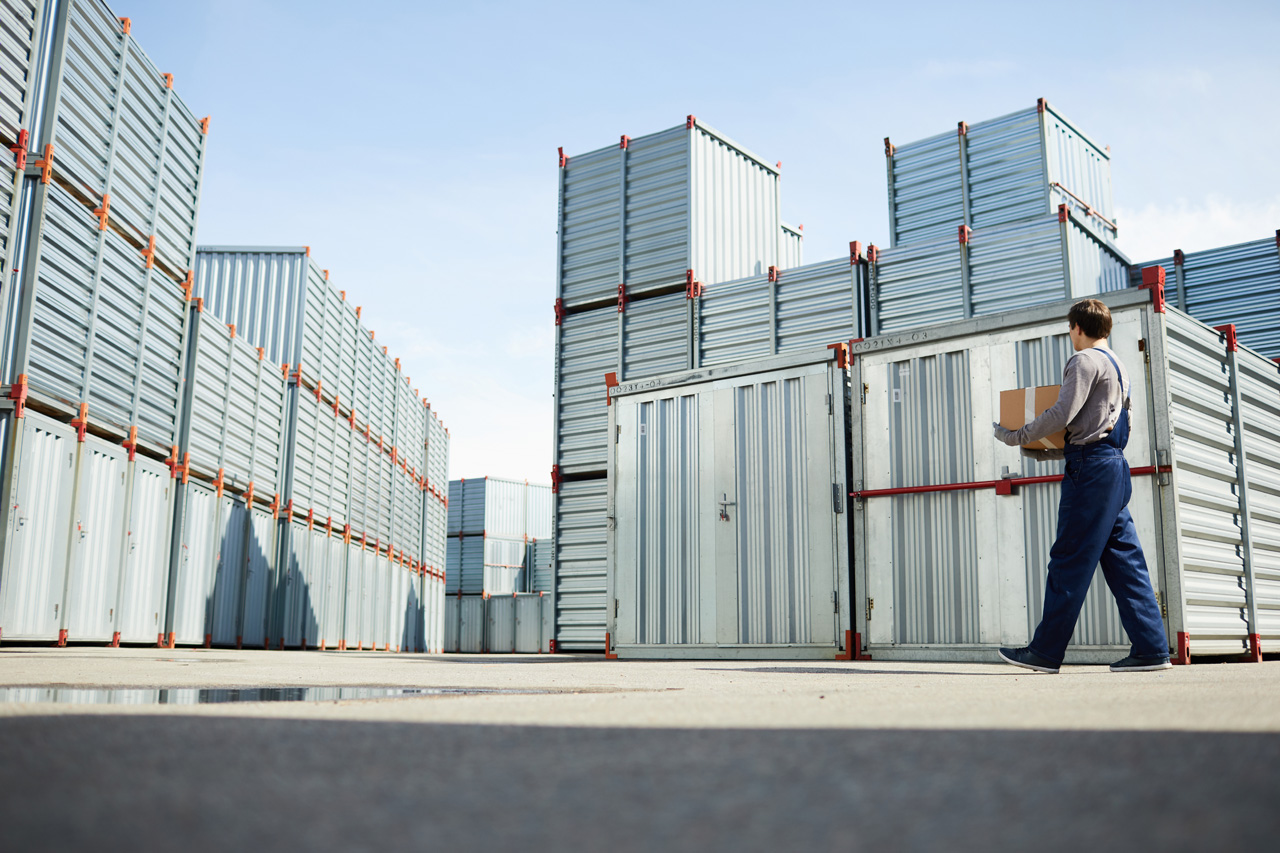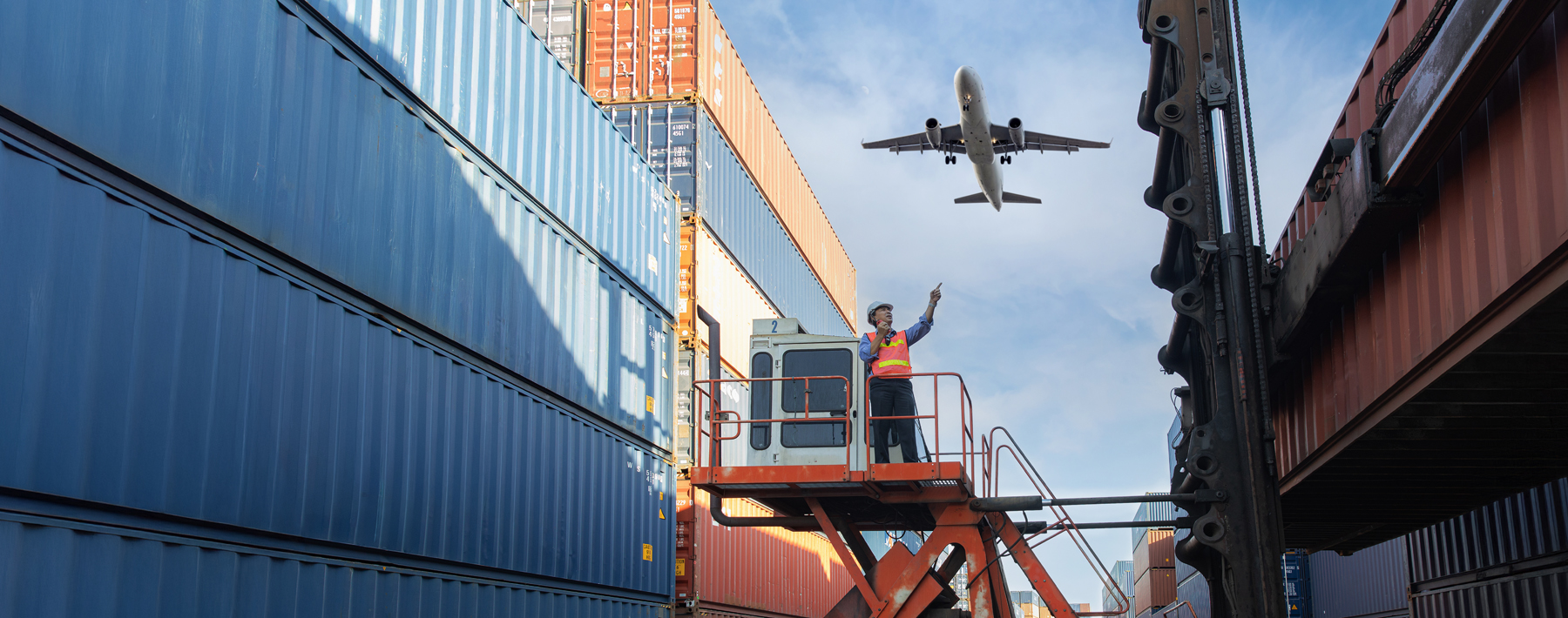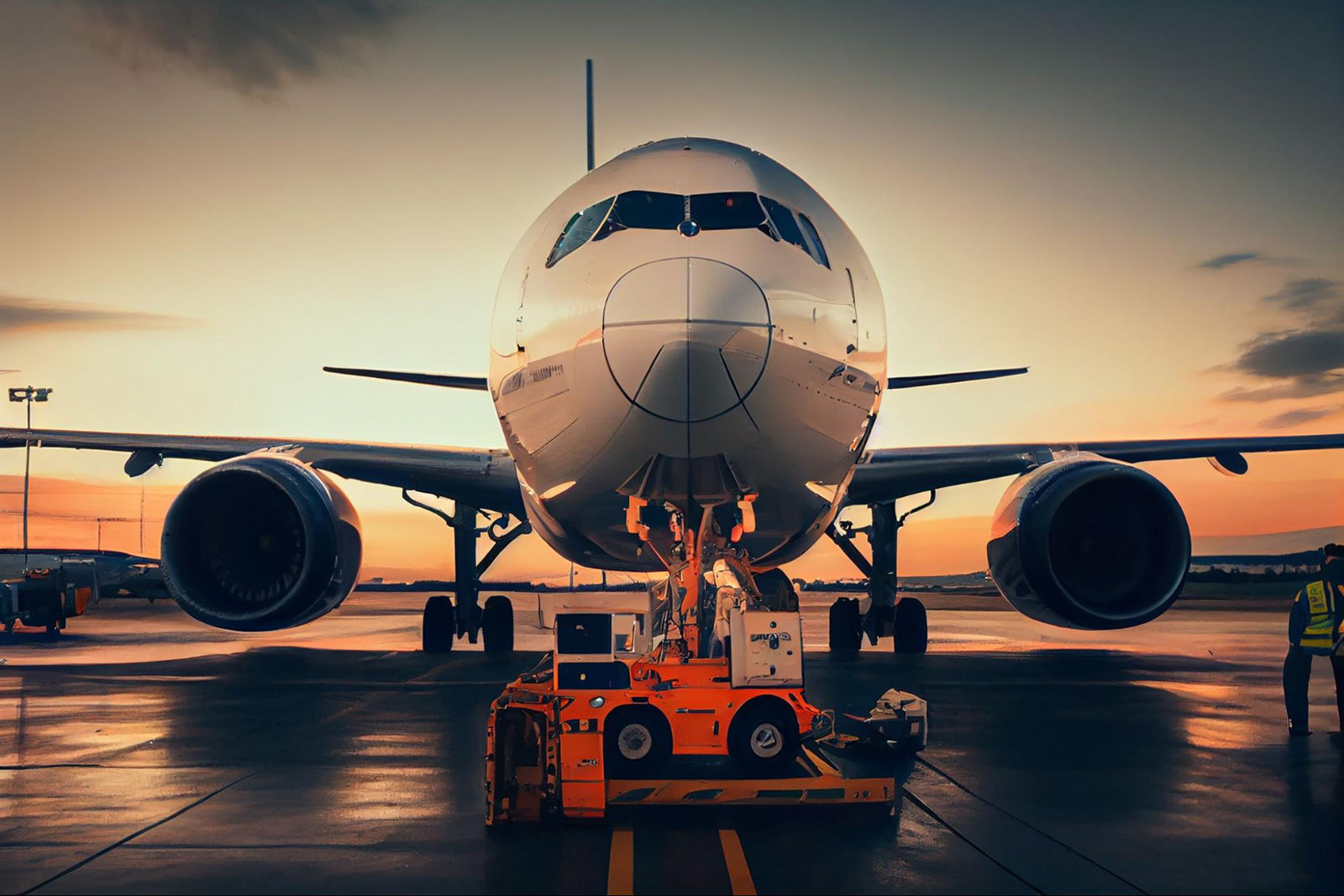
How to Properly Pack Parcels to Avoid Damage During Transportation
Avoid costly damages and returns. Learn how to package your goods correctly for national and international delivery — and how K Jet Logistics helps ensure your shipments arrive intact.
In the world of cargo transportation, especially international shipping, proper packaging is far more than an afterthought—it’s a critical factor in ensuring goods arrive in perfect condition. Each year, businesses face substantial losses due to products being damaged in transit. Often, the root cause isn’t rough handling or bad luck, but inadequate packaging. Whether shipping small parcels or large freight consignments, packaging is your shipment’s first and most essential line of defence.
The true cost of damaged shipments extends beyond product replacement. There are additional expenses related to returns processing, customer dissatisfaction, loss of future sales, and the impact on brand reputation. For logistics providers and shippers alike, damage control starts with prevention—and prevention starts with smart, secure packaging.
Understanding Parcel Risks During Transportation
From the moment a parcel leaves your facility, it begins a journey that may include multiple transfers, conveyor belts, forklifts, turbulence in flight, and more. During this process, packages may be:
- Dropped from various heights during loading/unloading
- Subjected to vibrations from vehicles and aircraft
- Exposed to high pressure from stacking and tight packing
- Affected by changes in temperature and humidity
- Stored or transported in non-ideal conditions
Each of these scenarios introduces risk, especially if the packaging isn’t designed to withstand such stresses.
Common Packaging Failures and How They Happen
Typical reasons for product damage in transit include:
- Weak or reused boxes collapsing under pressure
- Inadequate internal cushioning allowing movement inside the box
- Poor sealing techniques leading to package openings
- Lack of weatherproofing causing moisture damage
- Improper or missing labelling resulting in incorrect handling
Most of these failures are avoidable with proper materials and practices.
Choosing the Right Packaging Materials
Choosing the correct packaging materials is foundational to damage prevention. Consider the following best practices:
- Use double-walled corrugated boxes for heavier or fragile items.
- Internal padding such as bubble wrap, foam inserts, air pillows, or corrugated dividers helps absorb shocks and prevent movement.
- Quality tape (preferably pressure-sensitive tape, 2 inches wide or more) should be applied using the H-taping method to secure all seams.
- Waterproof layers such as plastic wrap, zip-lock bags, or desiccants help protect against humidity and leaks during air and ocean transport.
- Sealing techniques must account for long durations in transit; cheap tape or poor sealing can result in opened packages and lost items.
Best Options for Fragile, Heavy, or Oddly Shaped Items
- Fragile items: Use moulded foam, double boxing, and “Fragile” labels.
- Heavy items: Reinforced boxes with edge protection and bottom cushioning.
- Oddly shaped items: Custom-fit foam or inserts; shrink-wrap or secure tie-downs inside crates.
Properly measuring and balancing weight distribution is equally important to prevent the packaging from tipping, tearing, or warping.
Labelling and Handling Instructions
Importance of “Fragile”, “This Side Up”, or “Do Not Stack” Labels
Even the best packaging can fail if handlers aren’t aware of special requirements. Clear, visible labels instructing “Fragile”, “Handle with Care”, “This Side Up”, or “Do Not Stack” significantly reduce mishandling. These should be placed on multiple sides of the parcel, not just the top.
Barcode Placement and Customs Labelling Tips
Barcodes and shipping labels should be placed flat, visible, and away from seams or edges. For international shipments:
- Include all necessary customs documentation securely attached in a pouch.
- Avoid covering barcodes with tape or shrink wrap to ensure readability.
- Ensure that any dangerous goods labels comply with IATA/ICAO regulations.
Failure to label correctly can delay or even void a shipment in customs.
How K Jet Logistics Helps Ensure Damage-Free Delivery
At K Jet Logistics, we understand that packaging is a science—and an investment. That’s why we offer expert consultations for clients looking to optimize their packaging strategies. Whether you’re sending high-value electronics, perishable items, or industrial parts, we provide material recommendations and tailored advice based on route, product, and transit risks.
Before dispatch, our team conducts quality control checks to ensure each parcel meets shipping standards. We also offer specialized packaging services for high-risk cargo categories, including dangerous goods, temperature-sensitive goods, and e-commerce fulfilment parcels.
K Jet Logistics partners only with trusted ground handlers, airlines, and last-mile delivery agents who follow rigorous handling protocols. Our network ensures that packages are loaded, transferred, and delivered with care and accountability. GPS tracking, signature confirmation, and insurance coverage are all part of our commitment to damage-free delivery.
The cost of poor packaging is too high to ignore, especially in the fast-paced world of global logistics. By understanding transit risks and applying smart packaging practices, businesses can dramatically reduce damages and improve customer satisfaction.
Let K Jet Logistics help you pack smarter and ship safer. Reach out today for packaging support, consultations, and customized shipping solutions that deliver peace of mind—along with your cargo.




